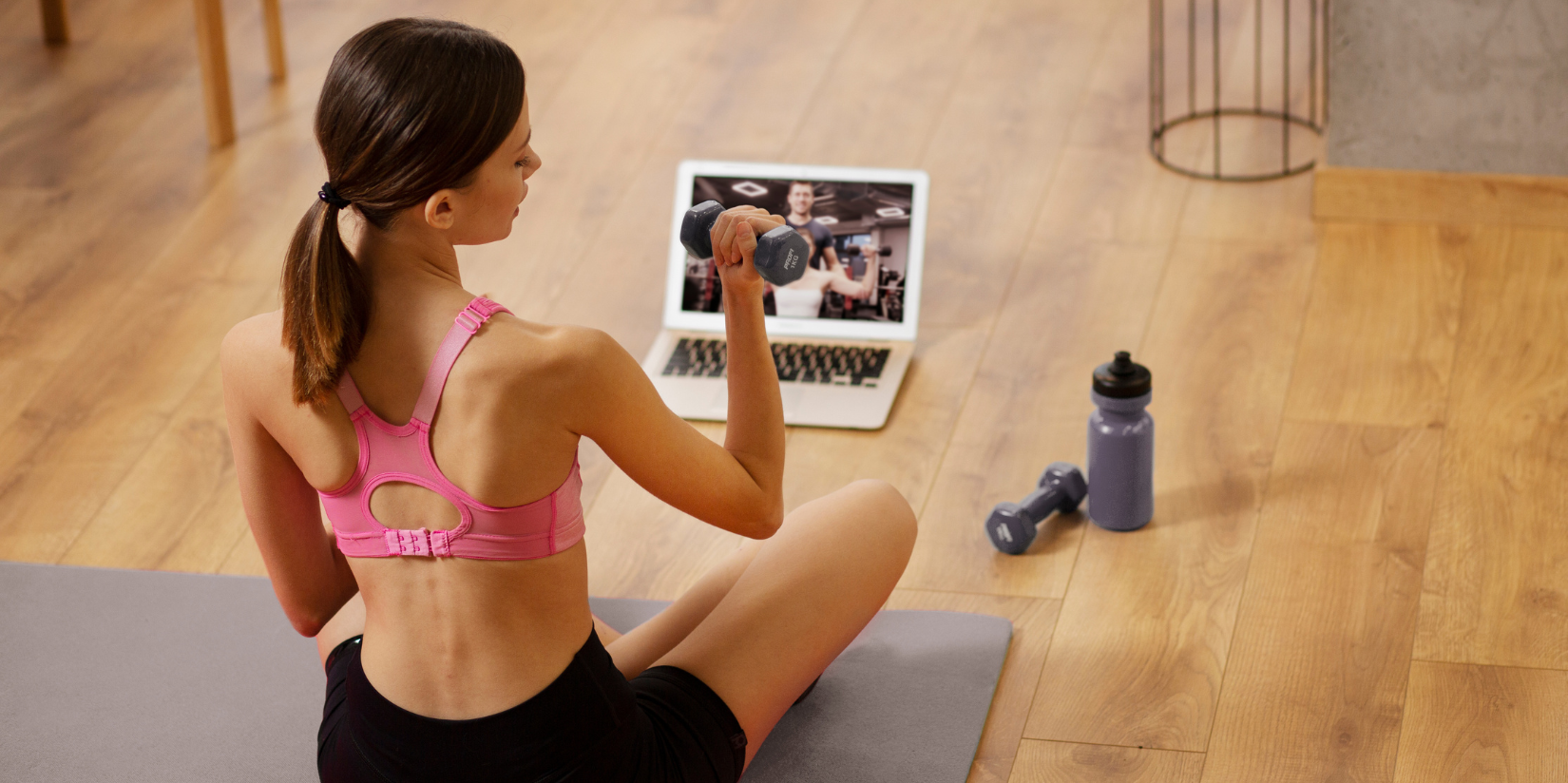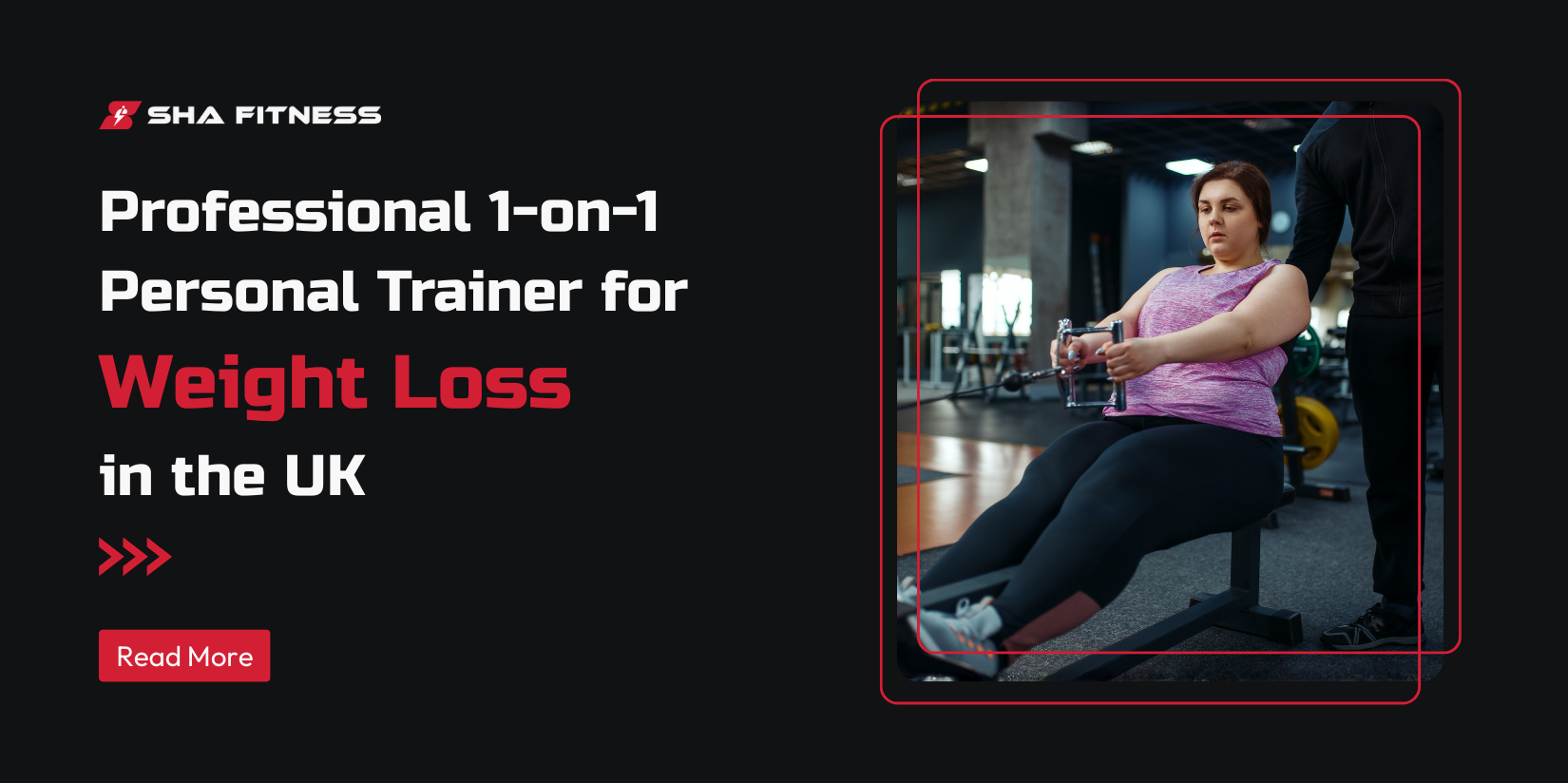Recovering from a C-section can feel like finding your way in the dark. You’ve just welcomed a beautiful baby into your life, but now your body feels different, weaker, and sometimes even frustrating. You might notice your core feels soft, your back aches, or you struggle with energy just to get through the day. You’re not alone, and this is exactly why postnatal fitness is important. It’s not about jumping back to your pre-pregnancy body overnight. It’s about regaining strength, mobility, and confidence safely.
Understanding Your Body After a C-Section

Have you noticed how even the simplest movements such as sitting up, lifting your baby, or climbing a few stairs can feel exhausting after a C-section?
Some moms say, “I didn’t expect how weak my core would feel.”
That’s because your body has just undergone major surgery. Your abdominal muscles, pelvic floor, and lower back have been stretched, cut, and weakened, and it’s completely normal to feel slow, stiff, or limited in movement.
Many new moms feel frustrated or even guilty for not bouncing back as quickly as they expected. The truth is, healing takes time. Your incision needs to strengthen, internal tissues are still delicate, and energy levels fluctuate constantly due to sleepless nights, breastfeeding, and hormonal changes.
Understanding this is crucial for approaching postnatal fitness effectively. Recovery is not about rushing back to intense workouts or comparing yourself to others. Instead, it’s about listening to your body, pacing yourself, and gradually rebuilding strength and mobility. Even small, intentional movements like gentle pelvic tilts, deep core engagement, or short walks contribute to long-term recovery.
By combining patience with purposeful action, you set a strong foundation for safe, effective postnatal fitness that protects your body while helping you regain confidence.
Setting Realistic Postnatal Fitness Goals
 Do you feel pressure to “snap back” into shape? That’s normal, but the key is to focus on achievable goals rather than a number on the scale. Instead of aiming to lose 20 pounds in a month, think about goals like:
Do you feel pressure to “snap back” into shape? That’s normal, but the key is to focus on achievable goals rather than a number on the scale. Instead of aiming to lose 20 pounds in a month, think about goals like:
- Walking comfortably for 20-30 minutes without fatigue.
- Regaining core stability for lifting your baby safely.
- Reducing back pain while holding your newborn.
Tracking these milestones can be incredibly motivating because they focus on functional progress instead of just numbers.
A new mom shared, “Celebrating small wins like walking an extra five minutes or holding my baby without strain gave me a huge confidence boost.”
By setting realistic goals and recognising each step of improvement, your postnatal fitness journey becomes more achievable, rewarding, and sustainable.
Gentle Core and Pelvic Floor Exercises
 One of the most common frustrations after childbirth is feeling like your core is not supporting you. Weak pelvic floor muscles can lead to back pain, urinary leaks, or posture issues. Starting with gentle exercises is crucial.
One of the most common frustrations after childbirth is feeling like your core is not supporting you. Weak pelvic floor muscles can lead to back pain, urinary leaks, or posture issues. Starting with gentle exercises is crucial.
Try these safe at-home moves:
- Pelvic tilts: Lie on your back, gently tilt your pelvis, and engage your lower abdomen.
- Bridges: Lift your hips slightly while squeezing your glutes to activate core and hip muscles.
- Diaphragmatic breathing: Helps reconnect your deep core muscles safely.
Start small, repeat consistently, and gradually increase intensity. These exercises may feel simple, but they lay the foundation for safe postnatal fitness and long-term strength.
Strength and Mobility Workouts for Recovery
 It’s normal to feel stiff or weak in your legs, arms, or upper body after pregnancy. Low-impact strength and mobility exercises can make a huge difference without risking injury.
It’s normal to feel stiff or weak in your legs, arms, or upper body after pregnancy. Low-impact strength and mobility exercises can make a huge difference without risking injury.
- Resistance band rows: Strengthen your back and shoulders while improving posture.
- Bodyweight squats: Rebuild lower body strength safely.
- Gentle yoga stretches: Improve flexibility, reduce stiffness, and calm your mind.
Feeling frustrated that your body is not bouncing back as quickly as before? Remember, postnatal fitness is about rebuilding, not racing. Every session, even if just 15 minutes, is progress toward regaining your strength.
Nutrition and Lifestyle Support
 Exercise alone is not enough for full postnatal recovery. Your body needs the right fuel and daily habits to heal effectively after a C-section. Key tips include:
Exercise alone is not enough for full postnatal recovery. Your body needs the right fuel and daily habits to heal effectively after a C-section. Key tips include:
- Prioritise protein-rich foods: Eggs, fish, legumes, and dairy help repair tissues.
- Eat plenty of fruit and vegetables: They provide essential vitamins and minerals to boost energy, immunity, and overall wellbeing.
- Stay hydrated: Especially important if you’re breastfeeding; supports digestion, prevents fatigue, and helps milk production.
- Prioritise rest when possible: Even short naps or resting while your baby sleeps can significantly improve recovery.
- Manage stress daily: Try mindful breathing, gentle stretching, or taking 10 minutes for yourself to reduce tension and support healing.
One mother said, “Even just 10 minutes of stretching while my baby napped made me feel more in control and energised.”
Another shared, “Focusing on healthy meals and hydration helped me recover faster than I expected.”
By combining these nutrition and lifestyle habits with your postnatal fitness routine, you create a holistic recovery plan that supports both your physical healing and mental wellbeing. Recovery is not just about workouts, it’s about feeling strong, energised, and confident as a new mom.
Making Postnatal Fitness a Sustainable Routine
Recovering after a C-section can feel like a rollercoaster, some days you have energy, other days even getting out of bed feels like a challenge. The secret to lasting results is not pushing yourself to exhaustion; it’s finding a routine that fits your life and your body. You don’t need hours at the gym. You need focused movements that can transform your strength, posture, and confidence.
One mother said, “I started with just five minutes of core exercises while my baby napped, and over time I noticed I could lift him without back pain.”
These real experiences show that progress is not measured in hours, but in small, meaningful wins.
Rebuilding Confidence with a Personal Trainer
 Do you feel unsure about what exercises are safe, or worry about hurting your incision? That’s where a personal trainer specialising in postnatal fitness can transform your recovery. They create customised workout plans focused on safe strength building, improving core stability, and gradually increasing mobility.
Do you feel unsure about what exercises are safe, or worry about hurting your incision? That’s where a personal trainer specialising in postnatal fitness can transform your recovery. They create customised workout plans focused on safe strength building, improving core stability, and gradually increasing mobility.
Working with a trainer gives you:
- Confidence that every movement is safe.
- Guidance to track progress and adjust routines as you improve.
- Motivation to stay consistent even when life as a new mom feels exhausting.
Many moms notice that with a trainer’s guidance, they regain strength faster, reduce pain, and feel more in control of their postnatal journey.
Personal trainers can help you customise exercises to your recovery stage, focus on areas that need the most support, and guide you safely as you regain strength. With the right guidance, postnatal fitness becomes more than just exercise, it’s a way to reclaim your body, your energy, and your confidence while managing the demands of motherhood.
Take the first step to feel strong and confident again. Book a session with a postnatal fitness personal trainer today at SHA Fitness.



































